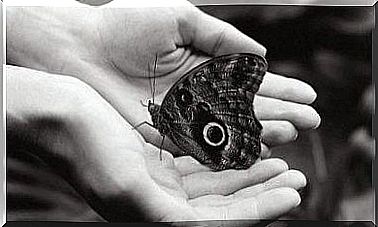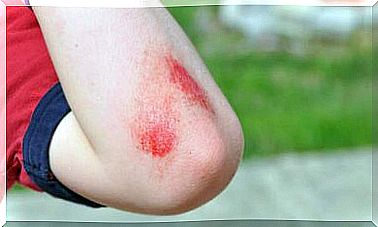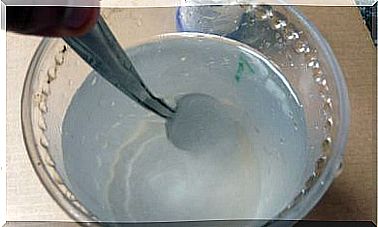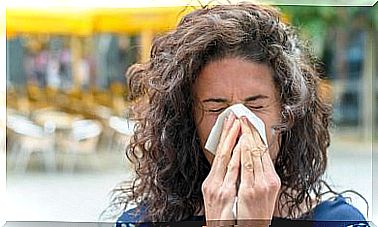Erythema Multiforme: Symptoms And Causes
Also called polymorphic erythema , erythema multiforme is one of the many autoimmune pathologies that affect humans. It is characterized by skin lesions that appear and disappear on a recurring basis.
It has various forms of presentation, but we can summarize them in two: the minor and the major. Among the former there are no specific clinical entities, although there are among the older ones, counting, for example, Stevens-Johnson syndrome.
Erythema multiforme can appear at any age, but it is more common in people in their 20s or 30s. In children it is a rare pathology, which is almost never detected. In numerical terms, the incidence is about five new patients per year for every million inhabitants.
Symptoms of erythema multiforme
The condition of erythema multiforme is concentrated in the skin. This turns out to be the organ most affected by the disease, with lesions that are distributed in the external part and in the internal mucous membranes.
The characteristic lesion is an erythema that may blister. Already within the classification of blisters there is a variety, since some patients have bullae and others have vesicles.
The erythema itself is a coloration that tends to red, in the shape of a cockade, with concentric circles. When the disease was first discussed in the mid-1800s, doctors noticed that the rosettes appeared symmetrically, on each side of the body.
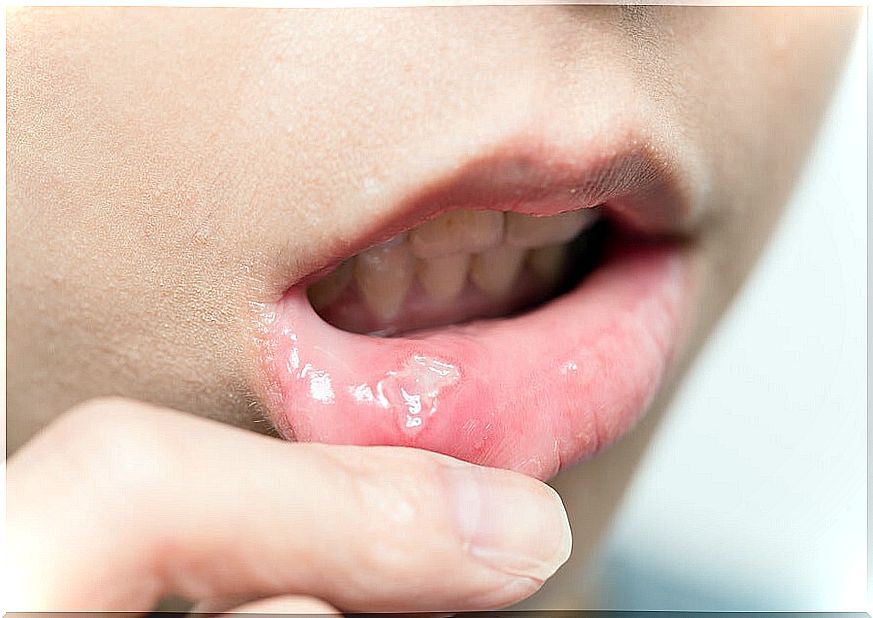
Minor form of erythema multiforme
The mildest presentation of erythema multiforme occurs with small cockade-shaped lesions. They do not usually exceed 3 millimeters in diameter and the edge is fine and well defined. The limitation of the affected area is around 10% of the entire body surface.
Blisters are sometimes, not always. When active in the minor form, they tend to be in the center of the cockade. As well described by classical physicians, erythema multiforme minor is symmetrical.
The lesion that appears in one upper limb is manifested in a mirror on the other limb on the opposite side. The same happens on the face. The rosettes can be located inside the mouth, for example, invading the mucous membranes. If there are blisters in this moist region, they are usually similar to sores or canker sores.
Erythema multiforme of major form
This presentation of the pathology is more serious and with many more symptoms than the minor one. Although they disappear after 2 or 3 weeks from the beginning, the flare-ups are unpredictable.
On the skin, the symptoms resemble the smaller form, with a larger diameter of the cockades and more involvement of the body surface. The characteristic thing is that the mucous membranes suffer excessively.
The mouth is the area that guides the diagnosis. The tongue and the inner region of the cheeks are covered with spots and blisters covered above with a thin layer of fibrin, yellow or white, easy to detach. When the layer comes off, the injury is exposed, causing pain when eating or drinking.
Causes and origin
The etiology of the disease is unknown. It is known to be an autoimmune disease, but it is not clear how the body reacts and what it does. When dealing with autoimmunity, it is assumed that an antigen is the one that triggers the formation of the lesions.
Researchers mostly agree on the theory of the viral response. That is, the patient has an increased susceptibility to certain microorganisms, usually viruses, and the immune system overreacts.
The viruses targeted as culprits are herpes simplex, coxsackie, adenoviruses, and influenza. However, bacteria are not ruled out either; therefore, Mycoplasma pneumoniae and beta-hemolytic Streptococcus can be triggers .
For another group of researchers, erythema multiforme responds to immune complexes, which would open the door for the origin to be metabolic, and not infectious. An alteration of the cellular metabolism would stimulate white blood cells that would attack the epidermis, by effect of a medicine, for example.
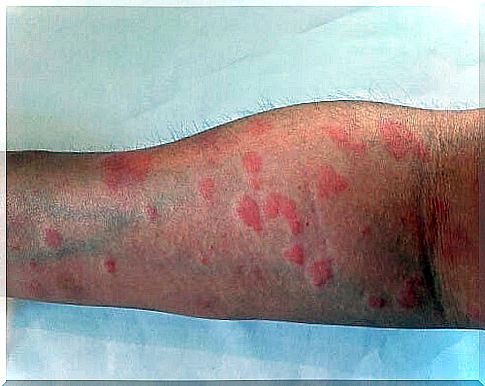
Possible treatments
Mild forms of erythema multiforme are treated by treating the symptoms. An attempt is made to relieve pain and discomfort with pain relievers. Some doctors prescribe corticosteroids for this, but there is debate regarding their usefulness.
Antiviral drugs are an option. Acyclovir, for example, used in herpes, would be effective if the trigger is this virus. Same with flu medications.
In the most serious and generalized forms, the approach is not so easy. Cases with great bodily involvement can lead to a poor and unfavorable prognosis if the outbreaks recur frequently. Here the participation of a multidisciplinary team is required to guide the care protocol.



